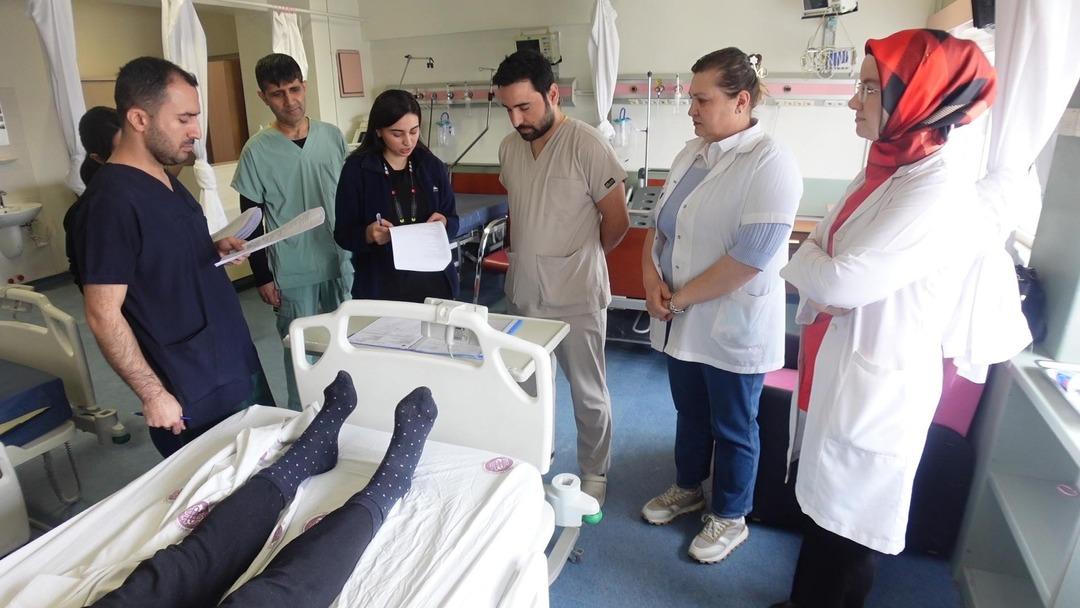Fırat University Hospital, Department of Infectious Diseases, Faculty Member Prof. Dr. Ayşe Sağmak Tartar said that there is an increase in acute respiratory infections at this time of year in many countries in the northern hemisphere, and these increases are typically caused by seasonal outbreaks of respiratory pathogens such as seasonal influenza, respiratory syncytial virus (RSV), and other common respiratory viruses such as human metapneumovirus (hMPV). He said it was.
SEASONAL FLU IS HIGH
Prof. Dr. Sağmak Tartar stated that currently, flu-like illness and acute respiratory infection rates have increased in recent weeks in some countries in the temperate Northern Hemisphere and are above base levels in line with normal seasonal trends, and seasonal flu activity remains high in many countries in the Northern Hemisphere.
A COMMON RESPIRATORY TRACT VIRUS

Recently, attention has been turned to hMPV cases in China, with allegations of overcrowding in hospitals. hMPV is a common respiratory virus that circulates in many countries from winter to spring. Although some cases require hospitalization due to bronchitis or pneumonia, most people infected with hMPV have colds. He added that mild upper respiratory tract symptoms similar to the common cold were observed and these patients recovered after a few days.
THERE IS AN INCREASE IN LAST WEEKS

He noted that according to the data published by China and covering the period until December 29, 2024, acute respiratory infections have increased in recent weeks, and the observed increase in respiratory pathogen detections is within the expected range for this time of the year in the Northern Hemisphere.
THE REASON WE GET THE DISEASE EVERY YEAR

Prof. also gave information about the flu. Dr. Ayşe Sağmak Tartar stated that the structure of the influenza virus that causes the disease can easily change, which causes the virus to escape from our immune system. Small structural changes in the virus are the reason why we catch the disease every year, pandemics occur with large structural changes that occur every 10-30 years and this leads to major epidemics that affect the whole world, one of the largest known flu epidemics in history occurred during the First World War and the war He stated that there was the 1918 Spanish flu, which caused more deaths than his own, and that the most recent pandemic was experienced with the H1N1 (Swine Flu) virus, which started in Mexico in 2009 and spread around the world.
IT IS TRANSMITTED THROUGH DROPLETS

It is stated that the flu (influenza) virus is transmitted through droplets, that a person who coughs and sneezes spreads a large number of droplets containing the virus around, that the disease is transmitted when these droplets reach our mouth, nose or eyes, therefore, a person with flu should cover his/her mouth with a tissue when coughing and sneezing in order not to spread the virus around. Tartar warned that if he cannot find it, he should cover it with his arms and that sneezing into the hands is the most dangerous method for the spread of the virus, adding that the virus transmitted to the hands can be transmitted to anything touched there. He said that it spreads to the ground, that the person with flu should wash his hands frequently, and that if soap and water are not available, the hands can be cleaned by rubbing them with hand antiseptics.
(UAV)
